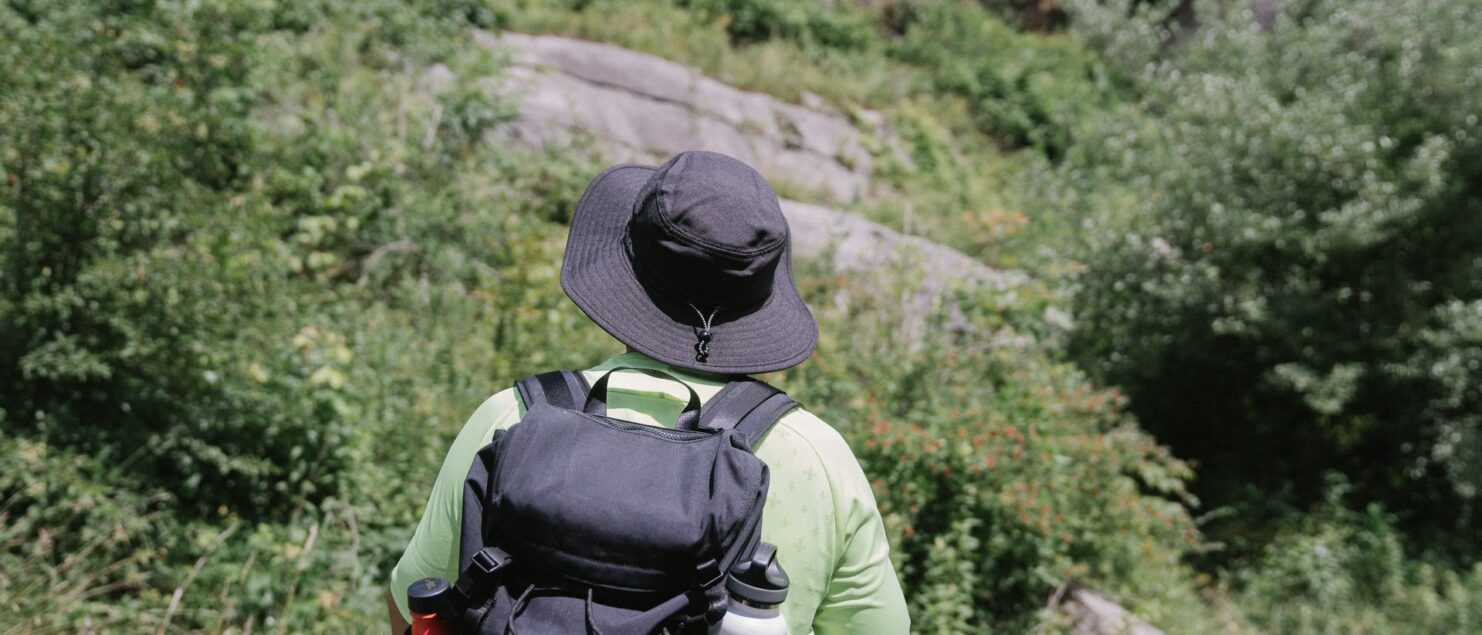At School or In the Woods: Backpack Safety
Whether you’re headed into class or out on the Appalachian Trail, you’re going to need a good backpack. Backpacking safely is much more than just buying a good one, however: proper posture, weight distribution, and maximum capacity are critical to prevent injuries.
Form, Posture, and Packing
First things first: how much should you carry? According to REI, no backpack should ever hold more than 20lbs of your body weight. There are a number of things you can do to reduce this weight. Students can plan a route back to their dorm or locker to reduce books in their bags. Outdoorsmen and women can upgrade gear to lighter weight, modern versions, and pack calorie-dense small meals instead of bigger ones.
How you carry your backpack also matters a lot. Some quick pointers:
- Shoulder straps: use both straps at all times. For hikers this is more obvious, but students in a hurry or those trying to look cool might be tempted to just use one.
- Keep it high: backpacks should never sit more than a few inches below your waist. Higher positioning better distributes the weight across your back and shoulders.
- Bigger stuff closer: the heaviest stuff in your pack should sit closest to your back. This keeps your center of gravity narrow and easy to manage.
- Avoid attachments: aside from a water bottle, avoid a bunch of dangling stuff on the outside of your pack. This can make it feel bulky and create uneven weight distribution.
Choosing a Backpack
The best way to choose any backpack is to try it on in the store. That said, there are a few key features you should look for:
- A waist strap: more important for outdoors activities, a waist strap further distributes the load to your hips and torso. But even if you’re just trekking around campus, you should still wear one if your backpack has it.
- Padding: even more important than padding on the bag itself is padding on the shoulders. Narrow, unpadded straps can dig painfully into your shoulders.
- Framed backpacks: some heavier-duty backpacks feature an internal frame designed to hug your back while being carried. While bulkier, these backpacks are significantly more comfortable during heavy use.
A backpack, when too heavy or carried improperly, can cause injuries to your shoulder blades, lower back, rotator cuff, and other areas. Physical therapy can help relieve this pain! If you’re experiencing pain from backpack use, contact Physical Therapy Partners today. We can help relieve your pain and improve your posture.

